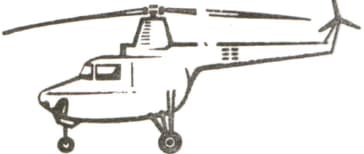Two spheres of equal mass collide, with the collision being absolutely elastic but not central. Prove that in this case the angle between the velocities after collision must be .

Important Questions on Fundamentals of Mechanics
Two spheres of equal mass are moving at right angles with velocities that are equal in magnitude. At the moment of collision the velocity vector of sphere is directed along the straight line connecting the centers of the spheres. The collision is absolutely elastic. Plot the velocity vectors before and after collision in different coordinate systems: () in the laboratory system (in this system the velocities of the spheres are those specified above), () in the coordinate system connected with the center of mass of the two spheres, and () and () in the coordinate systems linked to each of the spheres.
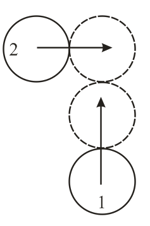
The centres of the spheres and lie on a single straight line. Sphere is moving with an (initial) velocity directed along this line and hits sphere . Sphere , acquiring after collision a velocity , hits sphere . Both collisions are absolutely elastic. What must be the mass of sphere for the sphere to acquire maximum velocity (the masses and of spheres and are known)?
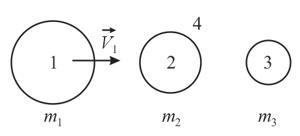
A device often used to illustrate the laws of uniformly accelerated motion is the Atwood machine. The machine consists of two loads of mass and attached to the ends of a limp but inextensible string. The string runs over a pulley. The acceleration with which the loads move is , whereas the angular acceleration of the pulley is ignored. Is the last assumption true for exact calculations?
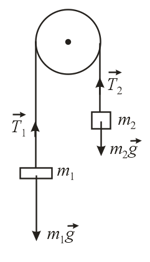
Strings are wound around a shaft and a sheave of equal mass, and a load is attached to the end of each string (the loads have equal mass). Which of the two loads will descend with a greater acceleration and which of the rotating objects, the shaft or the sheave, has a greater angular acceleration?
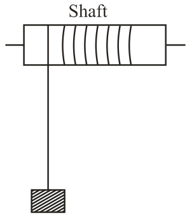
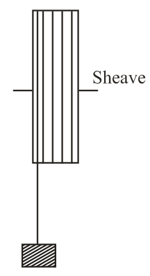
A number of types of helicopters, among which are the Soviet-made "Mi" helicopters and the Westland Whirlwinds designed for use by Queen Elizabeth , utilize one main rotor and a small vertical tail rotor. What is the function of this second rotor?
